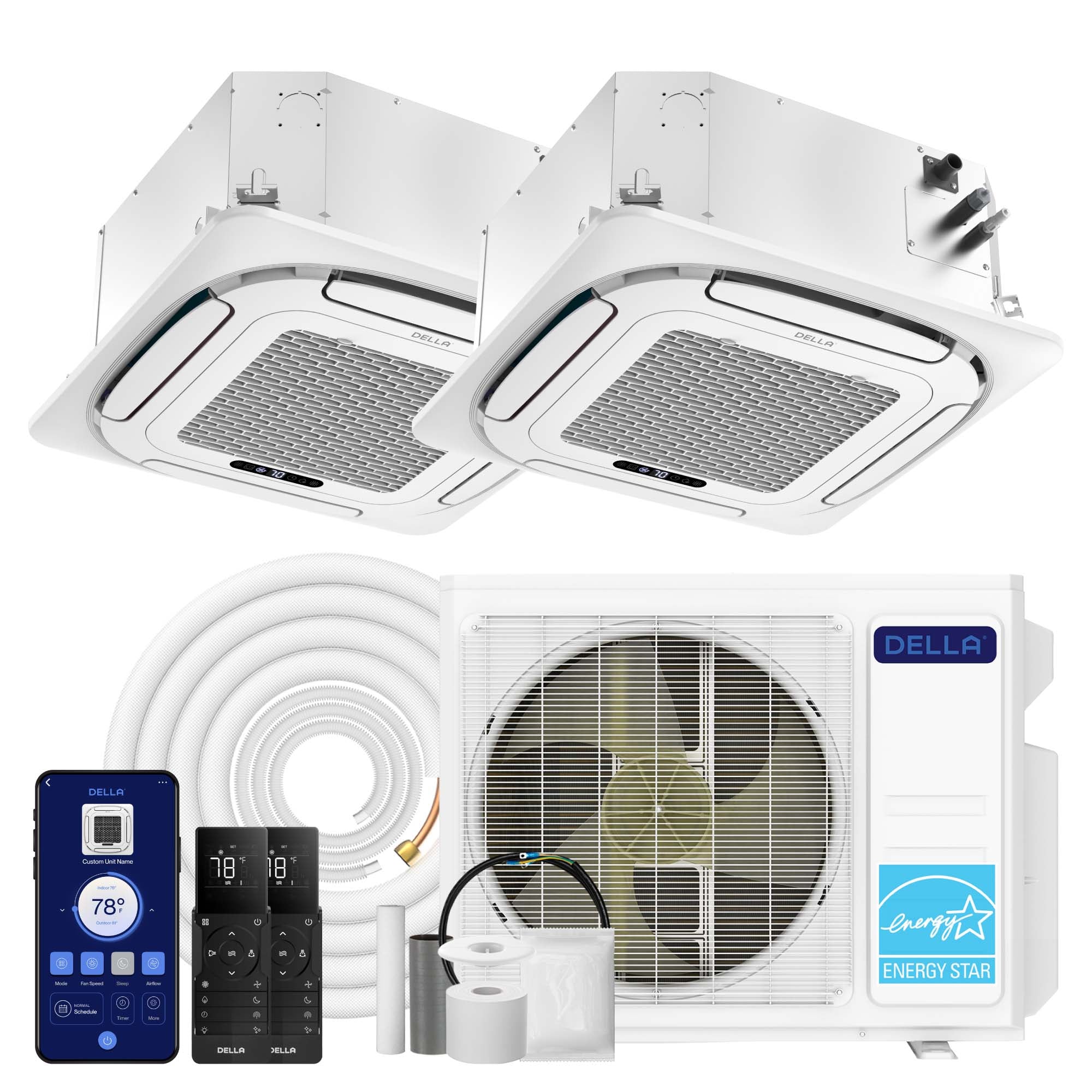Are Mini Split HVAC Systems Worth the Money?
- waqar707
- 0
- Posted on
Mini split HVAC systems, also known as ductless mini split hvac, are increasingly popular in 2025 as homeowners look for energy-efficient, flexible heating and cooling solutions. But with higher upfront costs compared to traditional HVAC systems, many people wonder: Are mini split HVAC systems worth the money?

The answer depends on your home, lifestyle, and long-term goals, but for most applications, mini splits offer significant benefits that justify the investment.
What Makes Mini Split HVAC Systems Different
Unlike conventional central HVAC systems, mini splits:
-
Do not require ductwork, reducing installation costs and energy loss.
-
Offer zoned heating and cooling, allowing you to control the temperature in each room independently.
-
Combine heating and cooling in one system, making them versatile year-round.
-
Use inverter-driven compressors, which adjust output continuously for energy-efficient operation.
These features make mini splits a modern alternative to traditional furnaces, baseboards, and window AC units.
Advantages That Justify the Cost
1. Energy Efficiency and Lower Utility Bills
Mini splits avoid duct losses, which can account for up to 30% of energy consumption in traditional systems. With high SEER (cooling) and HSPF (heating) ratings, they reduce electricity usage, which can offset the higher upfront cost over time.
2. Zoned Comfort
Each indoor unit can be set to a different temperature, so you only heat or cool the rooms you use. This reduces wasted energy and ensures personalized comfort.
3. Quick and Flexible Installation
Because mini splits don’t require ducts, installation is often faster and less disruptive, particularly in older homes, apartments, or room additions.
4. Quiet Operation
Mini split systems are much quieter than window AC units or furnace blowers, making them ideal for bedrooms, offices, or living areas.
5. Long-Term Durability
With proper maintenance, mini splits can last 15–20 years, comparable to or exceeding traditional HVAC systems.
Considerations Before Investing
While mini splits offer many benefits, there are some factors to consider:
-
Higher Upfront Costs: Premium brands like Mitsubishi, Daikin, and Fujitsu can be more expensive than standard furnaces or window AC units.
-
Multiple Units for Large Homes: To cover large areas, several indoor units may be required, which increases the initial investment.
-
Professional Installation Recommended: To maintain efficiency, warranty coverage, and system longevity, professional installation is usually necessary.
-
Climate Considerations: In extremely cold climates, a cold-climate heat pump or supplemental heating may be required.
Despite these factors, many homeowners find the long-term benefits outweigh the initial expense.
Calculating the Value
Mini split systems pay for themselves through:
-
Energy savings from efficient operation and zoned control.
-
Reduced maintenance costs compared to ducted systems prone to leaks and dust accumulation.
-
Increased home comfort and flexibility.
For homes without existing ductwork, mini splits often cost less overall than installing a new ducted HVAC system.
Conclusion: Are Mini Split HVAC Systems Worth It?
Yes, for many homeowners, mini split HVAC systems are worth the investment. They combine energy efficiency, customizable comfort, quiet operation, and flexibility—all of which translate into long-term savings and improved quality of life.
If you value efficiency, comfort, and modern technology, a mini split system is often the smarter choice, even with a higher upfront cost. Over time, the benefits—lower energy bills, long system life, and zoned control—make mini splits a highly cost-effective solution for heating and cooling your home.